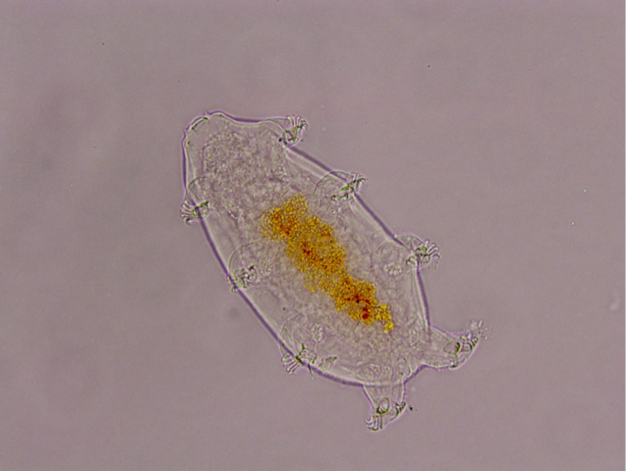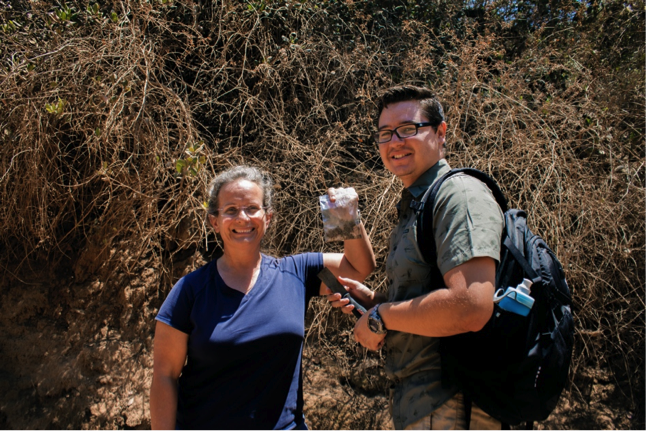By: Paul Solis
When I first started the USC Wrigley Institute’s Research Experience for Undergraduates (REU) program, I didn’t really know what to expect. I researched former REU students and every page of the Wrigley Institute website for information, but text and pages on websites don’t compare to all that I’ve experienced so far in the REU program.
I’ve had the pleasure of working with Dr. Karla Heidelberg, USC Environmental Studies Program Director, all summer. Our first week at USC (in Los Angeles) taught me more about my project, which is to characterize Tardigrades (aka ‘water bears’) around Catalina Island, potentially describing a novel species using morphological and DNA analyses. We immediately went on sampling trips to Palos Verdes and spent time on the microscope, learning methods and getting prepared for the rest of the summer on Catalina.
While looking at samples during the first week, Dr. William Miller and Dr. Emma Perry, both experts in Tardigrade ecology, helped develop the research project. The amount of learning and successful field investigations during the first week were definite confidence boosters. Going from never seeing a Tardigrade under the microscope to being able to spot them out of the corner of my eye is just one skill I picked up during the first week. Then, we finally set out for Catalina Island.
Since getting here, I have spent many hours on the microscope, and have become so familiar with tardigrades that the other REUs call me “Tardipaul”. We’ve even come up with sketches of a potential Tardigrade ‘onesie’. Every week has been filled with learning new skills, including learning how to get crystal clear images on the microscope and extract and amplify DNA. Field work is also a big part of my project, and every sampling trip on Catalina has been a treat for 2 reasons. Reason 1: I get to take off the lab coat for a while and get a tan. Reason 2: I’m able to explore different parts of the island like Little Harbor, Shark Harbor, and Cherry Cove.
Despite being able to see Catalina’s silhouette off the coast of Southern California all of my life, I had never seen the island up close, let alone stepped foot on the island. My first impression of the island was absolutely breathtaking. You can’t quite appreciate the beauty of Catalina unless you witness the place in person. The USC Wrigley Marine Science Center is the cherry on top. Within the first 10 minutes on the island, I already felt right at home. The dorms are cozy, the surrounding nature is beautiful, and the food is second to none. With being this comfortable at the research center, working everyday definitely does not feel like a chore.
Although it may seem like we are all hermits in the lab sometimes, we still have a boatload of fun during our free time. From spending hours trying to figure out who is the best at billiards, to snorkeling in the marine reserve, to spending a day at two harbors, we find ways to have fun. We’ve also been on some day trips around the island, like our 4th of July trip to Avalon and camping at Parson’s Landing. Despite hanging out with each other for countless hours a day for about 8 weeks now, it’ll be hard for all of us to leave this place at the end of the summer.
Paul comes to the WIES REU program from Cal State University Dominguez Hills, where he is completing his undergraduate degree in Earth Science (Class of 2017).




